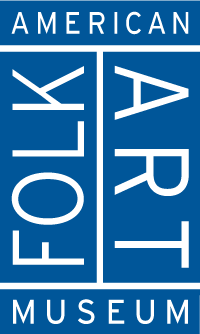
Some of Eugene Andolsek’s drawings radiate outwards like mandalas, with layer upon layer of kaleidoscopic geometric patterns; others have an op art quality and appear three-dimensional, with bold lines undulating around intricate circular designs. Andolsek made thousands of these pieces with India ink on graph paper over fifty years, working for hours each night at his kitchen table. His meditative process involved first creating an outline in black, precisely shaped with a compass and straightedge, and then filling it with color, the ink mixed to a specific hue with an eyedropper. Although the drawings appear mathematically meticulous with their exacting symmetry, Andolsek stated that they simply “came out” of his mind during trance-like experiences.
Andolsek didn’t consider his drawings art—they were a way for him to channel and alleviate his anxiety—but he did carefully store them in a trunk. Born in Adrian, West Virginia, in 1921, he had been interested in art as an outlet since childhood. However, his father wouldn’t permit his son to sketch the women’s fashion that fascinated him, so instead Andolsek collected stamps and appreciated the patterns of the crochet pieces and quilts made by his mother. He started creating his drawings in the 1950s after he had begun working as a stenographer, and despite the decades-long stability of his career, including a position with the Rock Island Railroad, he felt a persistent unease about his job security.
He kept the drawings private for almost his entire life. He stopped making them only due to vision loss in the early 2000s. Then, after an attendant in the senior assisted-living center where he was living in Crabtree, Pennsylvania, noticed them and brought them to the attention of the Andy Warhol Museum in Pittsburgh, which in turn shared them with the American Folk Art Museum, he was included in the 2005 exhibition Obsessive Drawing. Andolsek died in 2008. His complex, abstract compositions reflect the solace he found in making art. Often, as he put it, he would look up from his kitchen workspace “and a drawing was there and I didn’t even know how it got there.”
Allison C. Meier, 2025
Text written as part of “Rethinking Biography,” an initiative supported by the Institute of Museum and Library Services (IMLS).





